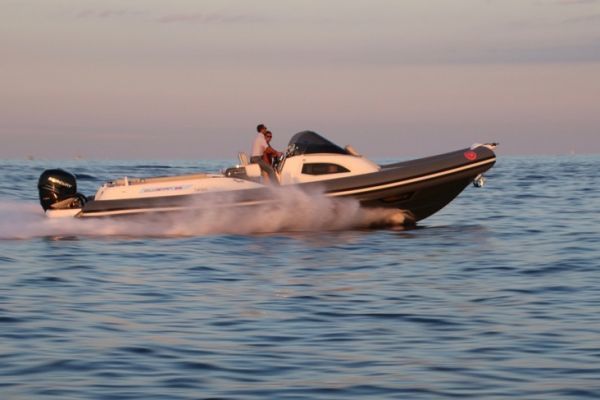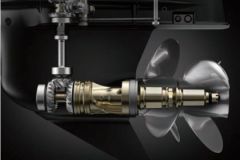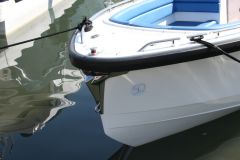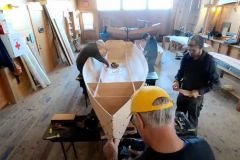Why trim your boat?
A boat's position on the water and its behavior are described by a series of angles and speeds. Among these data, trim is an essential parameter. This is the boat's angle of balance in relation to its rotation about a transverse axis. In simple terms, trim characterizes the raising or lowering of the bow.
The boat's trim has an important effect on its behavior. On the one hand, it affects boat comfort. Depending on the angle of the bow in relation to the waves, when the boat faces them head-on, the foredeck will be more or less subject to spray, and passengers more or less dry. When the waves come from astern, playing with the trim will give you better control in the surf.
Trim is also a key factor in lift-off and fuel consumption. A boat that rises too much will tend to over-consume. By helping the hull to lift off, trim control systems facilitate the transition to optimal operation in terms of fuel consumption per mile sailed.
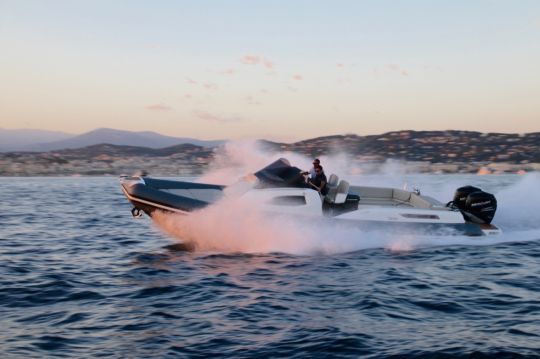
Playing with weights
To control the boat's trim, the first lever is weight distribution. We sometimes tend to forget this on larger motorboats, but you only have to experience it on a dinghy to be convinced. By moving forward, at the crucial moment of lift-off, the boat can come back flat and accelerate. Even on medium-sized open hulls and RIBs, many crews would do well to remember this.
Ballasting, more commonly used on pleasure sailboats than powerboats, involves filling well-positioned tanks with seawater to raise or lower the bow. As the additional weight penalizes fuel consumption, this solution is less suited to power-driven pleasure boats
Playing on hydrodynamic forces
To make life easier for yachtsmen, leaving them comfortable on their seats, mechanical solutions have been devised to adjust the boat's trim.
The 1st method is the trim (not English for trim) of outboard motors. This involves adjusting the angle of the motor in relation to the transom, as well as the angle of the propeller thrust in relation to the boat's center of rotation. Raising the motor adds torque, which raises the boat's bow. Conversely, when the motor is lowered, a torque is added that pushes the boat against the wave.
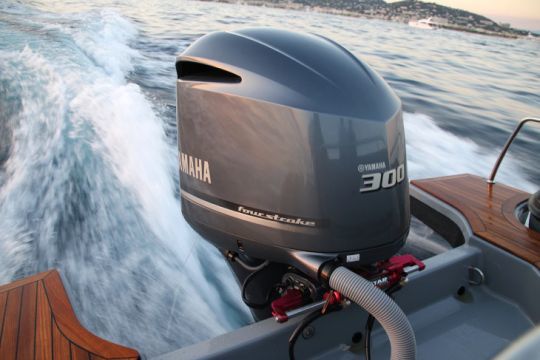
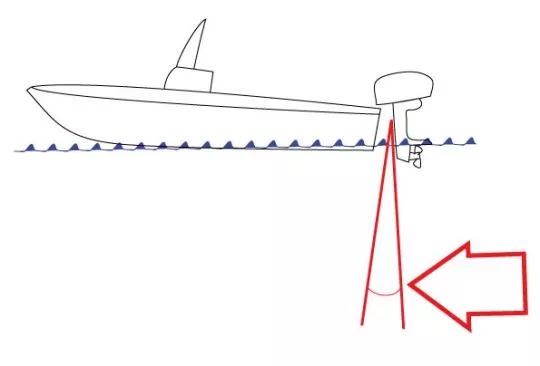
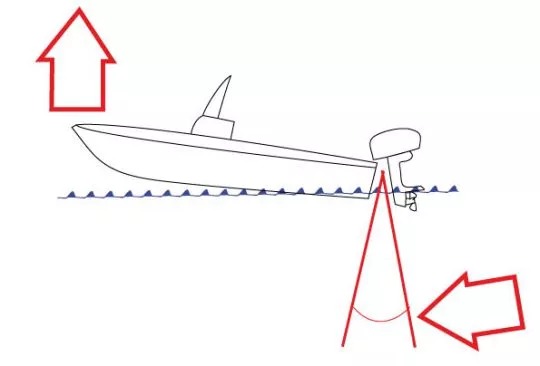
When trim is not enough, or for inboard motorboats, other devices have been devised.
Flaps are flaps added as an extension to the hull bottom. They are usually mounted on hinges on the transom, and a cylinder is used to tilt them. Like an airplane wing flap, the force applied creates a torque that lowers the boat's nose in proportion to its angle to the hull.

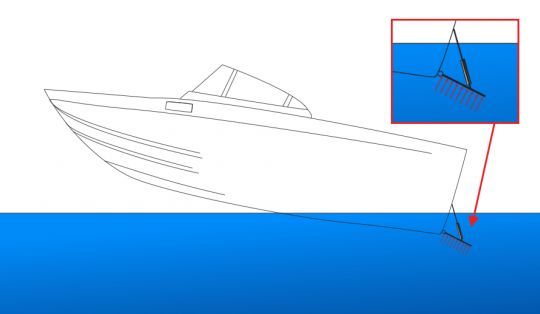
Interceptors sometimes also called intruders the increasingly popular Humphree and Zipwake flaps, which are simpler to install, operate on a similar principle. Instead of being an extension of the hull bottom, the flap is in the plane of the transom, protruding more or less under the hull. By coming in at right angles to the flow, it modifies its speed and the pressure on the hull bottom to create, once again, a biting torque. The surface area required for the same effect is smaller than that of a flap.
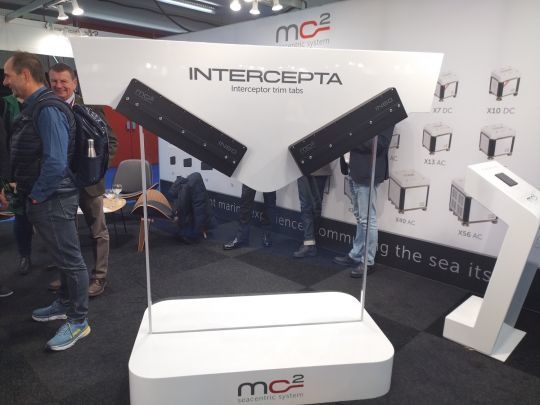
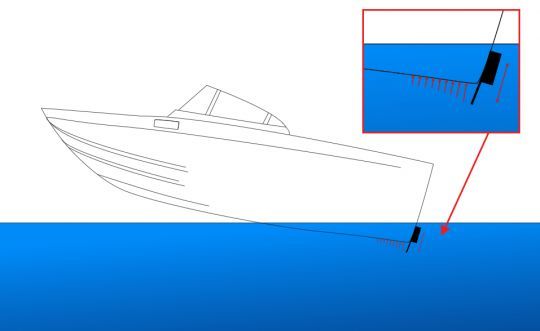
At a time when fuel consumption is a key factor, understanding and knowing how to use trim management systems is an asset for economical sailing.
